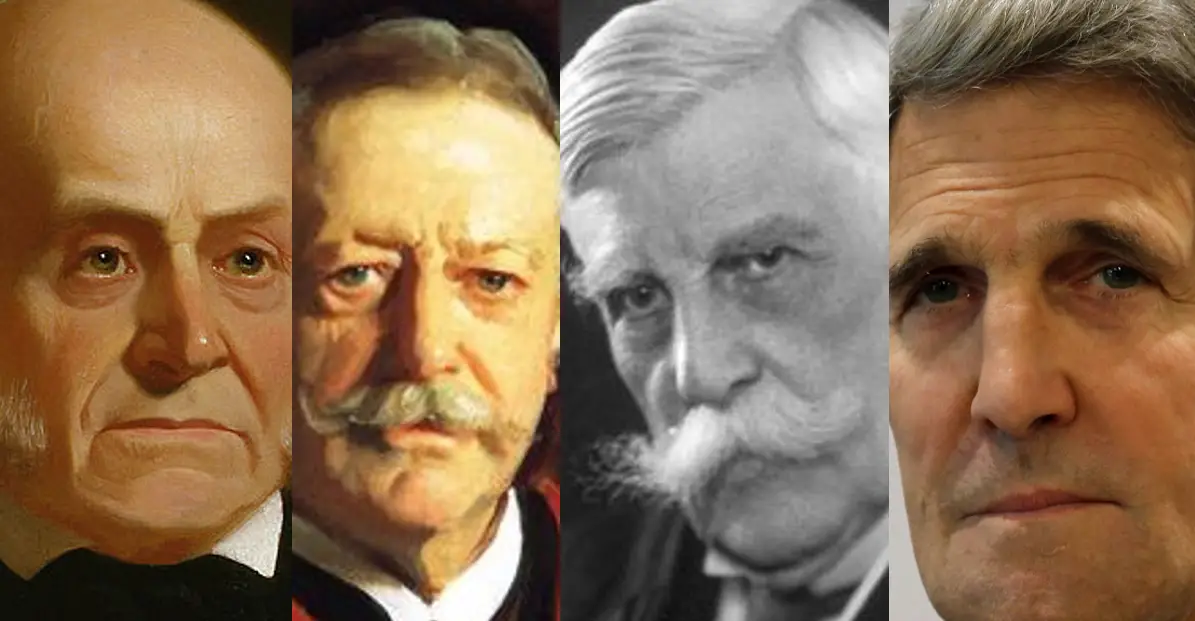The Boston Brahmins, also known as the "Brahmin caste of New England," are a group of wealthy, influential, and historically prominent families in Boston, Massachusetts. For centuries, they have been the epitome of Boston’s high society, shaping the city’s culture, politics, and economy. Identifying a Boston Brahmin can be a challenging task, as they often blend in with the general population, but there are certain characteristics, habits, and traditions that set them apart. In this article, we will delve into the world of the Boston Brahmins and explore the ways to identify a member of this elite group.

History and Origins
The term "Brahmin" was first used to describe the Boston elite in the 19th century, when the city’s wealthy merchants and traders began to identify themselves as the "Brahmin caste of New England." The name is derived from the Hindu concept of the Brahmin, the highest caste in the Indian social hierarchy. The Boston Brahmins saw themselves as the equivalent of the Indian Brahmins, with a similar level of social and cultural prestige.
The Boston Brahmins are descended from the early English colonists who settled in Massachusetts in the 17th century. Over time, they developed a distinct culture and identity, shaped by their history, traditions, and social status. They are known for their strong sense of family, community, and social responsibility, as well as their commitment to education, philanthropy, and public service.
Characteristics and Traditions
So, how can you identify a Boston Brahmin? Here are some common characteristics and traditions associated with this group:
- Family and Pedigree: Boston Brahmins place a strong emphasis on family and pedigree. They often have long and distinguished family histories, with ancestors who played important roles in American history. They take great pride in their family names, coats of arms, and ancestral homes.
- Education: Education is highly valued among the Boston Brahmins. They often attend the best private schools and universities, such as Harvard, Yale, and Princeton. They believe in the importance of a classical education, with a focus on literature, history, and philosophy.
- Social Status: Boston Brahmins are known for their social status and influence. They are often members of exclusive clubs, such as the Boston Club, the Somerset Club, and the Union Club. They attend high-society events, such as charity galas, debutante balls, and polo matches.
- Philanthropy: Philanthropy is a key aspect of Boston Brahmin culture. They are known for their generosity and commitment to giving back to the community. They often support local charities, museums, and cultural institutions.
- Tradition and Conservatism: Boston Brahmins tend to be traditional and conservative in their values and habits. They often adhere to established customs and practices, such as attending church services, observing traditional holidays, and participating in community events.
Habits and Mannerisms
In addition to their characteristics and traditions, Boston Brahmins often exhibit certain habits and mannerisms that set them apart. These include:
- Accent and Speech: Boston Brahmins often have a distinctive accent, known as the "Boston accent" or "New England accent." They tend to pronounce words with a distinct rhythm and intonation, using words like "wicked" and "bubbler" to describe things.
- Dress and Attire: Boston Brahmins often dress in a classic, preppy style, with a focus on quality and tradition. They favor brands like Brooks Brothers, J.Press, and Polo Ralph Lauren.
- Etiquette and Manners: Boston Brahmins are known for their good manners and etiquette. They often use formal titles, such as "Mr." and "Mrs.," and address their elders with respect and deference.
- Interests and Hobbies: Boston Brahmins often have a range of interests and hobbies, including sailing, horseback riding, and golf. They may also enjoy reading, traveling, and attending cultural events.
FAQ
Q: What is the difference between a Boston Brahmin and a WASP (White Anglo-Saxon Protestant)?
A: While there is some overlap between the two terms, a Boston Brahmin refers specifically to a member of the Boston elite, whereas a WASP is a more general term that encompasses a broader range of people with Anglo-Saxon ancestry and Protestant affiliations.
Q: Are all Boston Brahmins wealthy?
A: Not all Boston Brahmins are wealthy, although many of them come from affluent families. However, wealth is not the only defining characteristic of a Boston Brahmin; family, education, and social status are also important factors.
Q: Can someone become a Boston Brahmin if they are not born into a Brahmin family?
A: While it is possible for someone to marry into a Boston Brahmin family or to acquire the characteristics and habits of a Brahmin through education and socialization, it is generally difficult for someone to become a Boston Brahmin if they are not born into a Brahmin family. The Boston Brahmins are a relatively closed group, and membership is often determined by birth and family connections.
Q: Are Boston Brahmins still relevant today?
A: Yes, the Boston Brahmins continue to play an important role in Boston’s society and culture. Many of them remain influential in fields such as finance, law, medicine, and education, and they continue to shape the city’s philanthropic and cultural landscape.
Conclusion
In conclusion, identifying a Boston Brahmin requires a nuanced understanding of the group’s history, characteristics, and traditions. While it is not always easy to spot a Boston Brahmin, there are certain habits, mannerisms, and values that set them apart. From their emphasis on family and education to their commitment to philanthropy and social responsibility, the Boston Brahmins embody a unique and distinctive culture that continues to shape the city of Boston and beyond. Whether you are a native Bostonian or simply interested in learning more about this fascinating group, we hope that this article has provided a helpful guide to understanding the elusive Boston Brahmin.
Closure
Thus, we hope this article has provided valuable insights into The Elusive Boston Brahmin: A Guide to Identifying a Member of Boston’s Elite. We hope you find this article informative and beneficial. See you in our next article!




